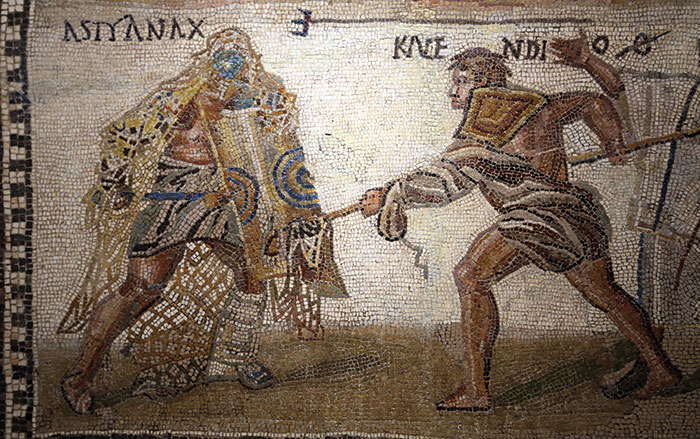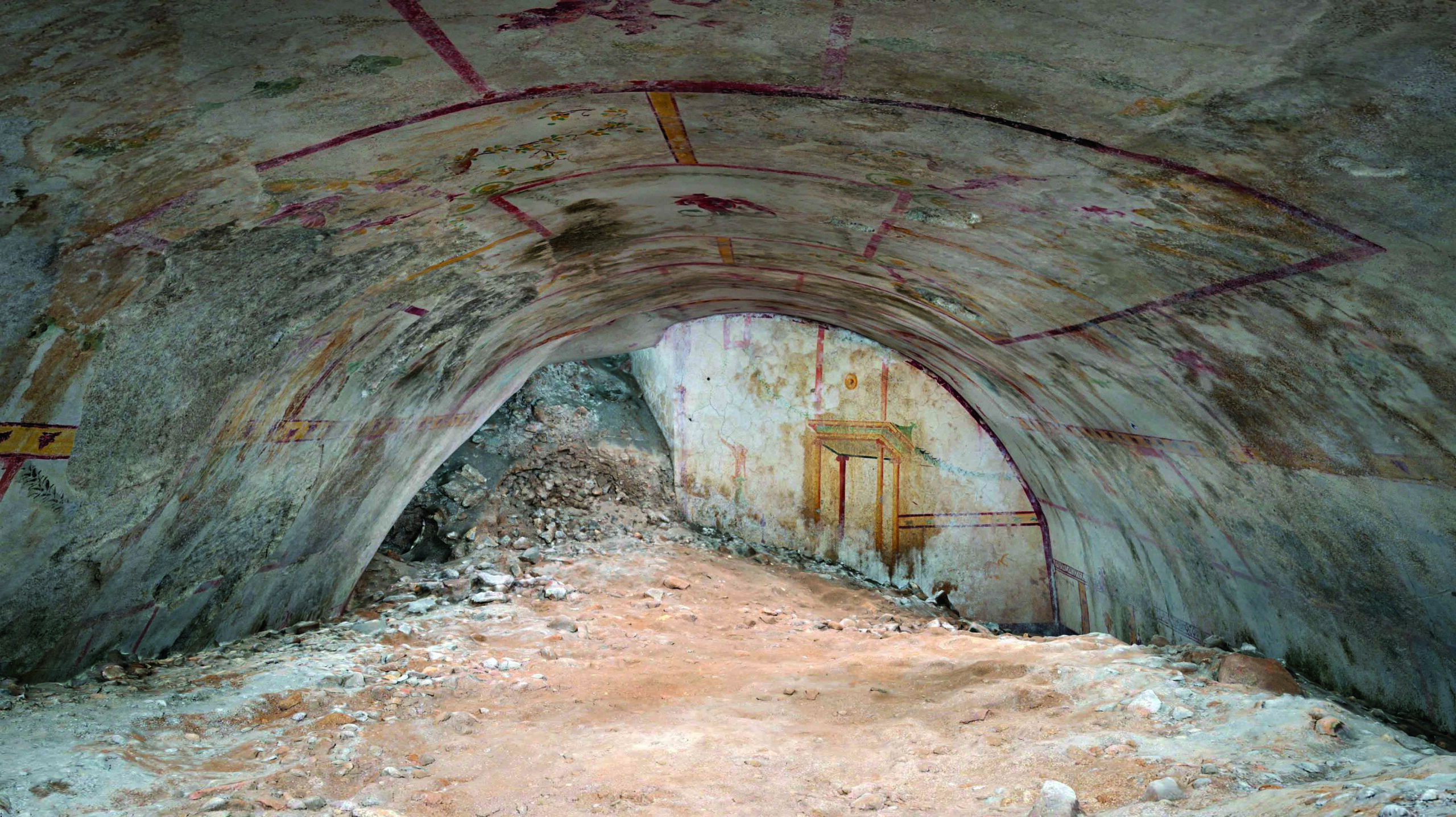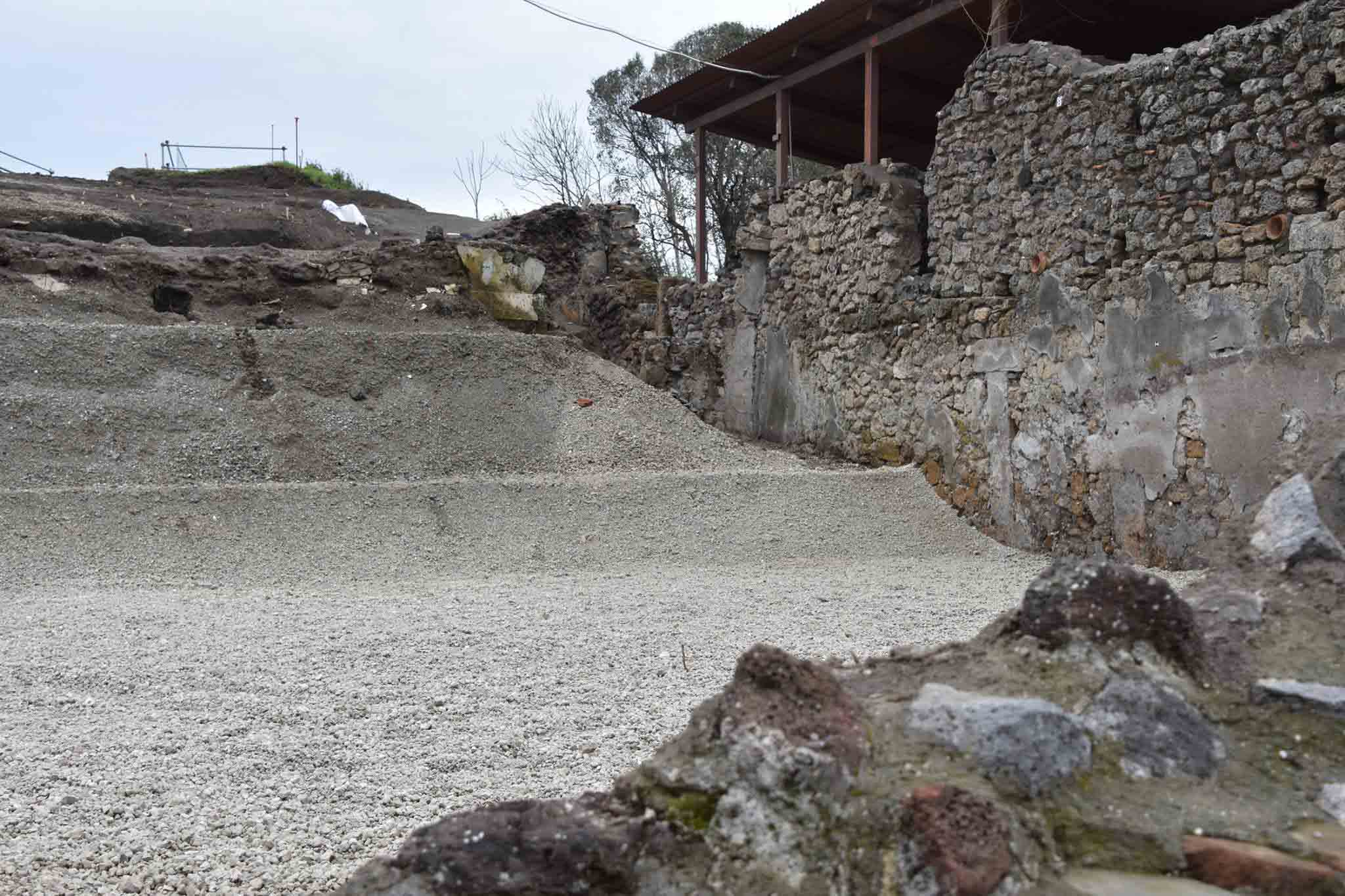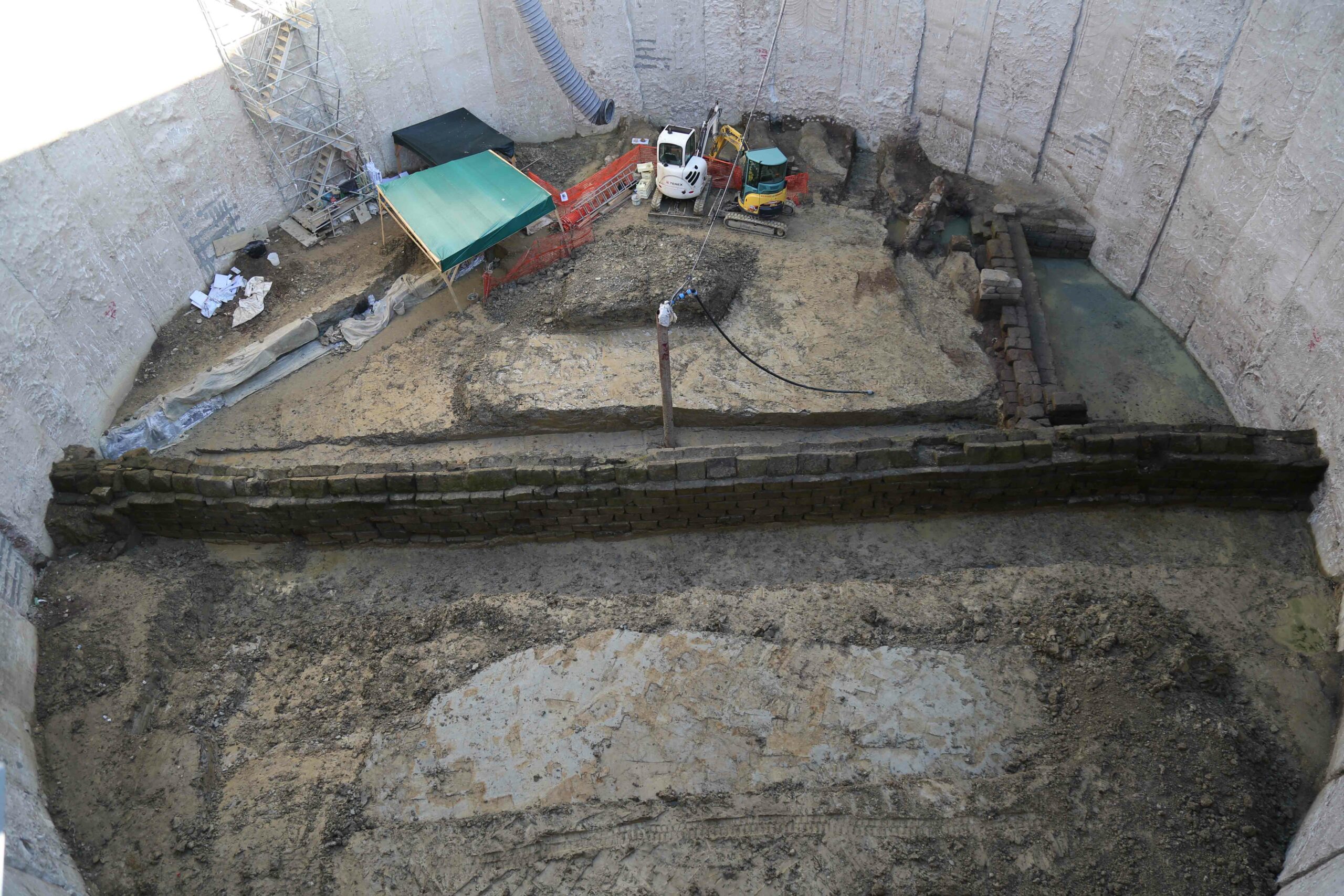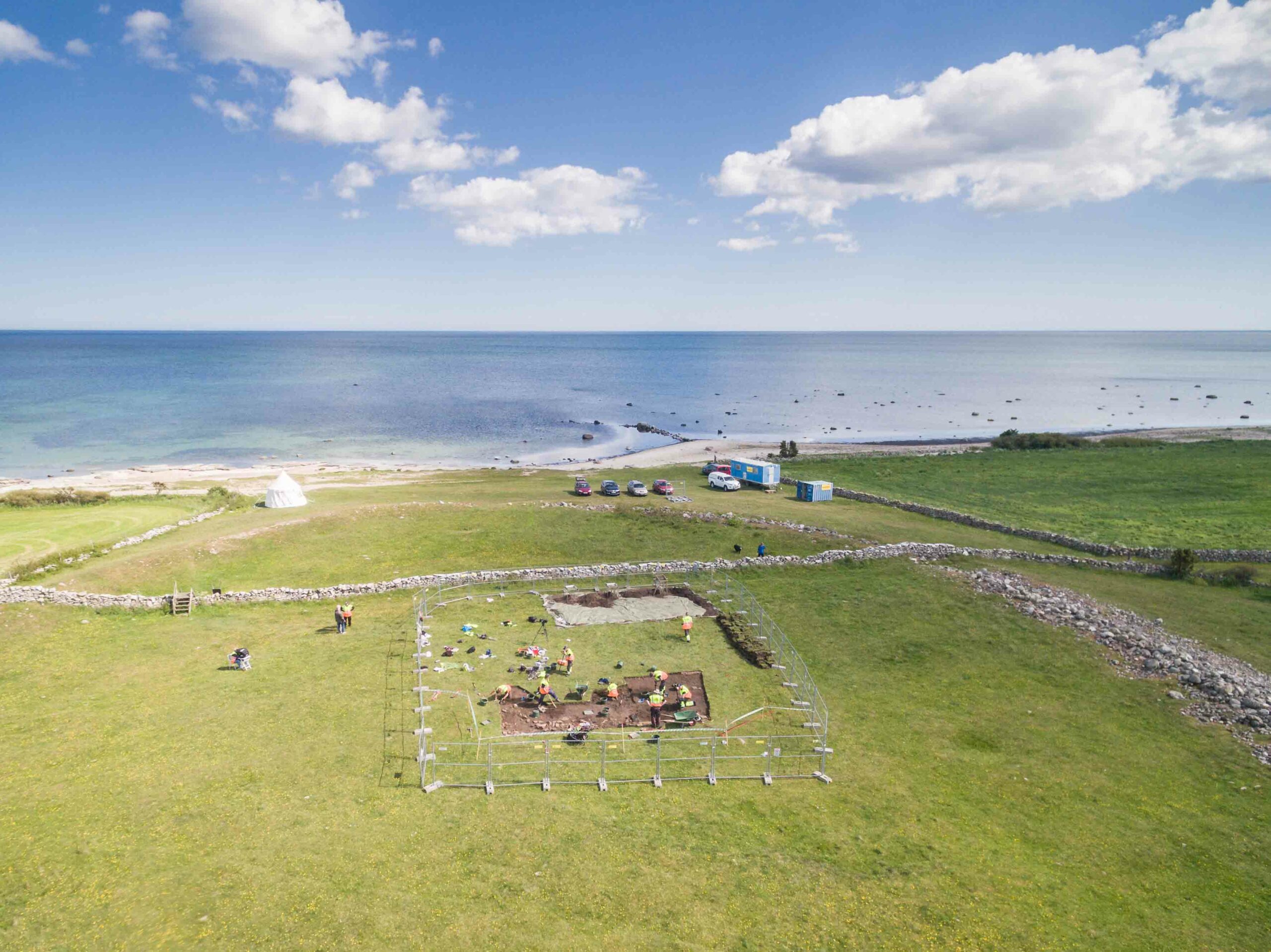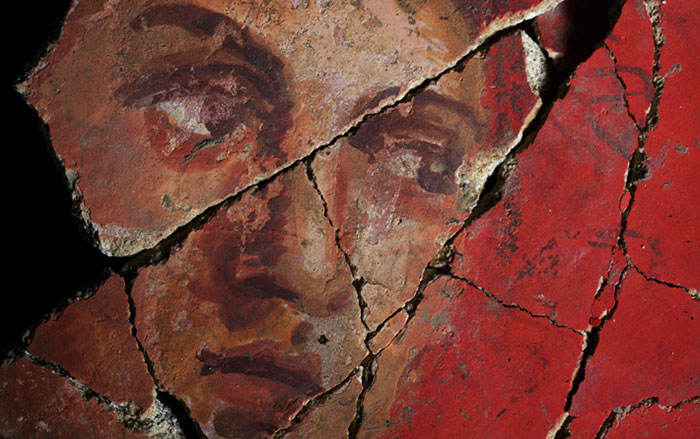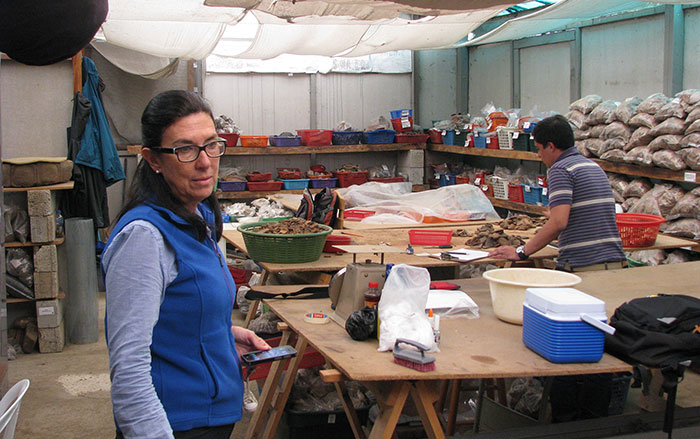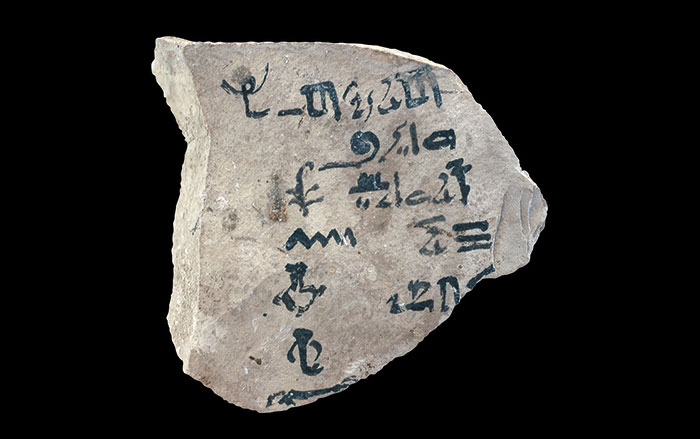
SHEFFIELD, ENGLAND—Wine was produced in the first-century A.D. on an industrial scale at Vagnari, an imperial estate in Italy, according to an excavation conducted by archaeologists from the University of Sheffield. The team, led by Maureen Carroll, uncovered the corner of a wine fermentation and storage room and three buried vats where wine could have been kept cool. “The vats were impossible to move—they were in the ground and stayed there for a long time and were reused year after year. The Roman agricultural writers said it was a good idea round late summer to clean out what was left, give them a good rub, and reline them with pitch,” Carroll told The Yorkshire Post. The scientists plan to analyze residues in the vats to try to determine what kind of wine may have been stored there. For more, go to "France’s Roman Heritage."


